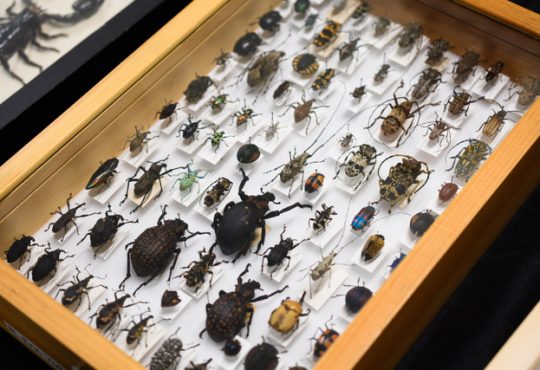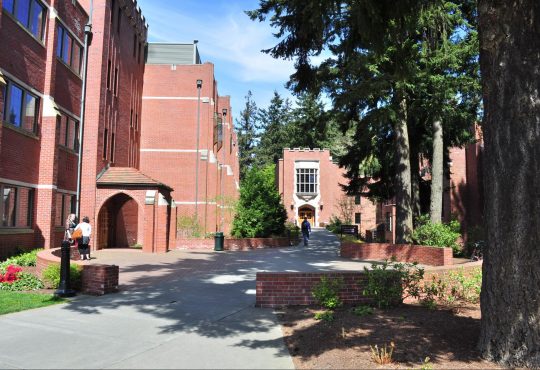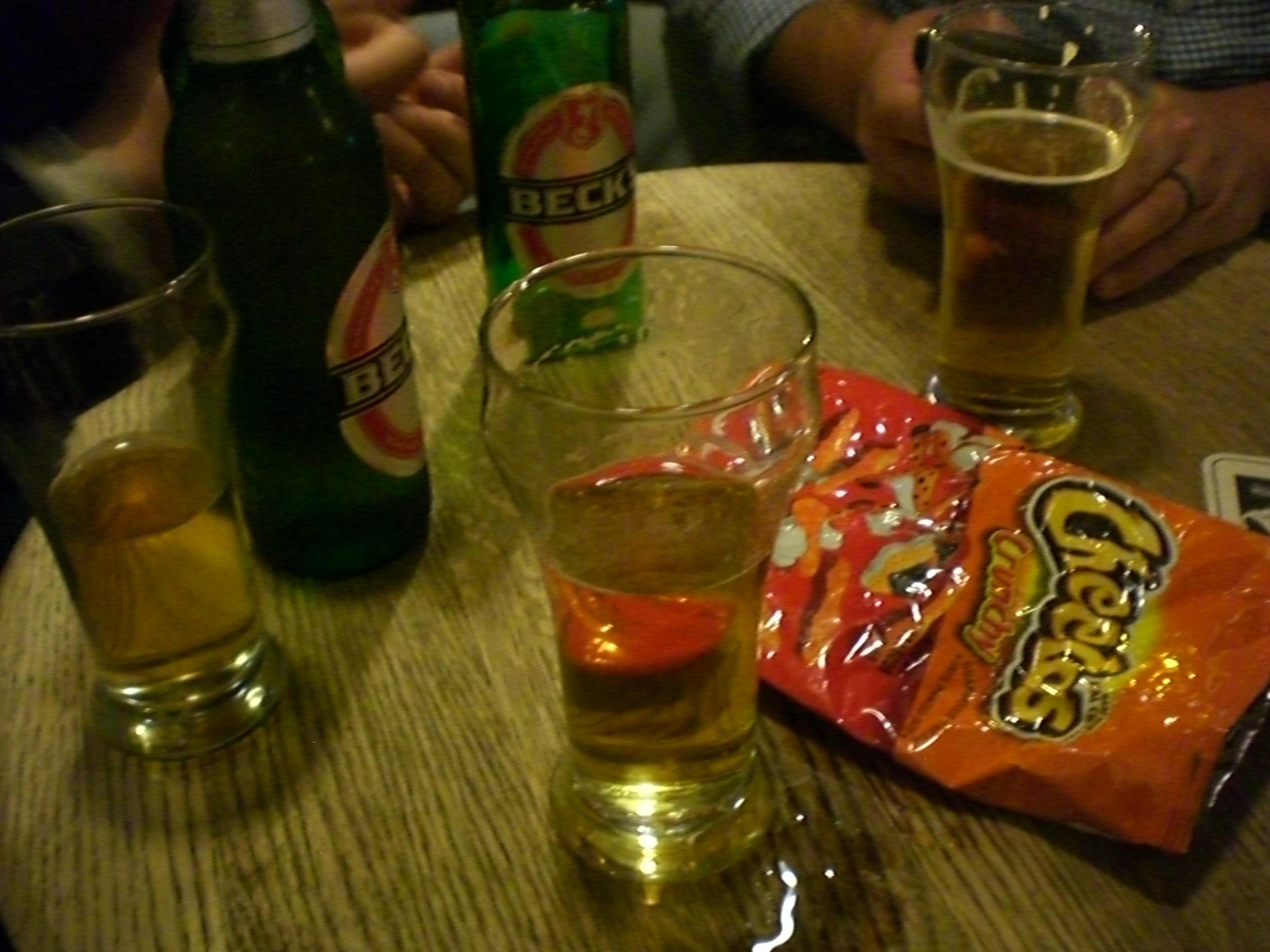Last Thursday, Slater Museum hosted its first ever Night at the Museum: “Owls!”. This event was open to both Puget Sound students and the greater Tacoma community.
“‘Night at the Museum’” is an effort to get more people in the door as to increase our visibility on campus and in the wider Tacoma community,” Education and Outreach Coordinator for the Slater Museum Mary Krauszer said.
The events are casual, with students and volunteers from the community acting as the docents. Each docent is assigned a table and wears a festive hat of their own creation. These “Organism Hats” help distinguish who is a docent and who is a visitor. Each hat is unique and features a particular animal – or in one special case. fungus – of the docent’s choosing.
“We’re not trying to have seminars in the Museum, just trying to make an informal space for people to come and see animal or other organisms up close that they wouldn’t normally get to see,” Krauszer said.
Each table that a docent manages features a representative of the species of the theme of the night. These displays try to show the different types of specimens that the museum has. Offering both whole animals and different parts of animals “gives people new insights into how those animals work,” Krauszer said.
All the docents are trained to handle the specimens that they share, and only docents can handle the specimens. However, visitors did have the opportunity to get a hands-on experience at an interactive table.
The table featured several different owl species and parts of owls (wings, feet, bones) that visitors could examine at their leisure. These specimens are often loanwed out to local schools as teaching tools for the local community.
This Night at the Museum included several different species of owl, showcasing the well known such as the Snowy Owl and the Barn Owl, but also drawing attention to lesser known species such as the Southern Boobook Owl from Australia and the Northern Hawk Owls which hunt during the day rather than at night like most owls.
For an even closer look at the inner working of an owl, the museum opened its freezers and pulled out specimens that have not yet been mounted, autopsying them to show the younger children the different anatomy of the owls.
Particularly interesting was the small heart and the strange skull structure. Owls have a bone surrounding their eyes, called a sclera, which keeps their eyes relatively stationary. To make up for this, they have fourteen vertebra in their neck, giving them their extraordinary range of motion.
As community volunteer and alumni Susan Ivy said, “Don’t you wish you had fourteen cervical vertebra!”
The docents mingled with the visitors, engaging in one-on-one conversations with the visitors rather than lecturing the whole group.
“We really believe in telling stories rather than lecturing people because it’s just more fun to talk about and to hear stories about things,” Krauszer said.
Members of the Tacoma community both attended and participated in organizing the event. Students mixed with families and small children to create an atmosphere that was friendly and open.
Leaving the Night at the Museum, visitors could pick up a small booklet about owls made by the Slater Museum. The pamphlet gave little known facts about the owls that had been on display that night.
In keeping with the Halloween season, at the end of October Night at the Museum will exhibit the museum’s complete collection of bat specimens.
Each month Night at the Museum will have a different theme that showcases the museum’s vast collections. This is a great opportunity to learn more about the museum and what it has to offer, so keep an eye out for more information and check out the Slater Museum page at the University of Puget Sound website.





